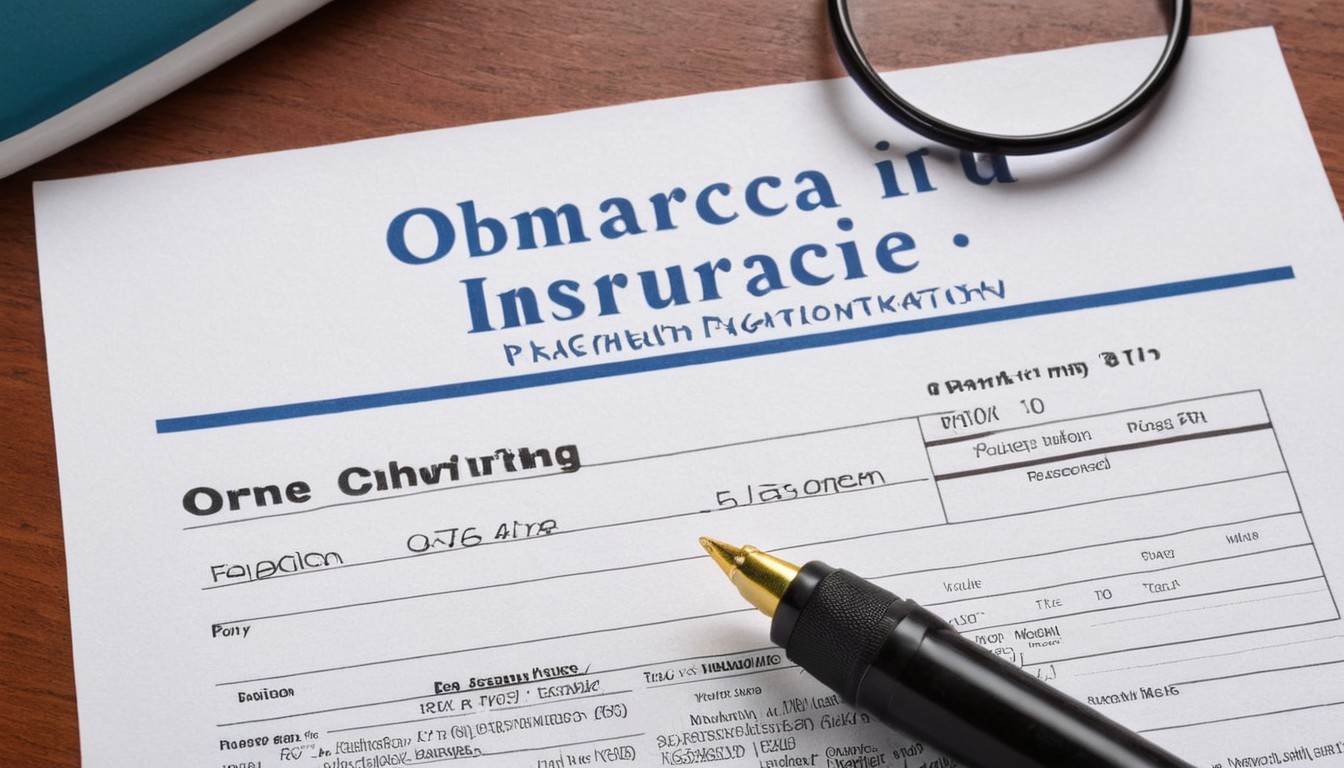Does Obamacare Health Insurance Cover Prescriptions

Obamacare
One key healthcare focal point when evaluating marketplace insurance plan options under the Affordable Care Act involves assessing prescription medication coverage terms. Do all Obamacare compliant health plans universally include Rx benefits? Does mandatory inclusion depend on certain qualification factors? What generosity rules dictate embedded co-pay costs or deductible restrictions limiting accessibility? Understanding ACA prescription insurance intricacies proves vital for enrollees needing continued medication access.
Defining Prescription Coverage
Before examining Affordable Care Act prescription specific provisions, we first should broadly define what medical insurance coverage of pharmacy costs actually entails across healthcare policies along with associated benefit design variances impacting out-of-pocket consumer medication expenditures.
Medication Expense Types
Insurance prescription coverage largely centers around absorbing three key medication access costs – the drug ingredient producing pharmaceutical company’s list price, pharmacist dispensing fees, and physician services connected to prescription management during medical appointments. Covered risks extend even to compound drug ingredients.
Cost Sharing Constructs
While insurance subsidizes total medication expenses through premiums and claims payments, prescription plans also commonly incorporate client cost-sharing through co-pays for generic, preferred, and non-preferred brand name drugs. Annual deductibles may need meeting first before coverage initiates, excluding preventive medications exempt from deductibles under ACA protections.
Administrative Restrictions
Benefit structures also embed administrative controls through requiring prior authorizations before covering exceptionally expensive specialty pharmaceuticals, delineating testing frequency caps, limiting covered pharmacy networks, establishing maximum fills without refill approvals, and promoting utilization of internal mail order channels for chronic prescriptions.
ACA Prescription Insurance Inclusion

Obamacare
Given copious coverage exclusions permeating pre-Obamacare junk plans, adequate prescription coverage represented a key tenet during Affordable Care Act insurance exchange policy standards drafting to ensure enrollee health maintenance rather than restricted-access minimal coverage shell plans.
Essential Health Benefits
Along with ambulatory services, emergency care, hospitalization, maternity/newborn care, mental health services and more, comprehensive ACA-compliant health plans must include prescription drug coverage meeting sufficient actuarial generosity markers as one of ten delineated Essential Health Benefits categories.
Qualified Health Plan Certification
Federal administrators explicitly forbid marketplace insurers from designing Qualified Health Plans excluding traditional prescription benefits. Qualification for selling subsidized exchange products requires embedding deductible exemptions and cost reductions specifically benefitting maintenance medications for numerous chronic conditions.
Network Equity Mandates
Not only does Obamacare mandate inclusion of pharmaceutical coverage by exchange participating carriers, but regulatory equity provisions also require offering adequate networks with sufficient regional access points. Insurers cannot geographically restrict medication availability through limited contracting.
Prescription Generosity Requirements

Obamacare
While the ACA certainly cemented mandatory incorporation of prescription benefits into compliant health insurance policies, questions around program generosity and subsidization levels for enrollees needing varying medication types linger as key coverage composition concerns when comparing plans.
Subsidy Spectrum Tiers
Based on metal tier subsidy levels, plans balance premium affordability against prescription coverage depth. Catastrophic and Bronze plans offer thinnest medication benefits through high cost sharing. Medium support comes from Silver plans. Gold and Platinum options provide maximal prescription financial protection.
Deductible Exemptions
As mentioned, Obamacare explicitly exempts hundreds of common preventive and chronic maintenance prescriptions from needing to meet the policy’s overall annual deductible first before coverage activates. Deductible exemptions include birth control, antidepressants, HIV treatments, cancer meds and diabetes drugs.
Cost Sharing Subsidies
Additionally, the ACA legislates Cost Sharing Reductions for Silver metal tier enrollees earning under certain low-income household thresholds. CSR subsidies mandate further reductions to Silver plan integrated co-pays, deductibles and maximum out-of-pockets applied specifically to covered prescription drug costs compared to unsubsidized policies.
Average Enrollee Costs
With comprehensiveness safeguards and generosity standards in place protecting marketplace plan prescription offerings, what out-of-pocket costs can an average Obamacare enrollee expect to incur under drug coverage provisions? Real world spending greatly depends on health status amounts and types of needed medications.
Monthly Premiums
All Obamacare enrollees initially face health plan monthly premium costs incorporated to fund overall program expenses, including prescription drug claims reimbursements sent to contracted pharmacies. Premium tax credits or cost sharing reductions lower this base cost burden for qualifying middle and lower income policy holders.
Copay or Coinsurance Payments
At pharmacy counters after verifying benefits and adjudicating claims through enrollee insurance, those needing short term prescription fills encounter set per-script co-pay charges for say $15 generics or $50 preferred name brands, while chronic specialty medications instead trigger percentage based coinsurance obligations.
Deductibles and Maximums
If choosing plans with deductibles, those annual amounts require meeting first before coverage fully initiates if drugs lack deductible exemption. Further protection caps annual maximums limiting total possible out-of-pocket prescription costs policyholders incur, around $6,000 to $8,500 for most exchange plans after subsidies.
Prescription Importation Allowances
Amid consistently escalating stateside pharmaceutical prices, numerous Obamacare enrollees investigate legal personal prescription importation options from international pharmacies advertising substantially lower cash prices even sans insurance. Does marketplace coverage permit importing foreign medication fills?
FDA Restriction Nuances
Technically, FDA regulations prohibit importing prescription drugs from foreign countries through traditional mail pathways. However, federal interdiction focuses on large wholesale level shipments not individuals transporting 90-day personal use supplies across borders, with allowances for lifesaving or unavailable therapy cases.
Personal Use Enforcementexception
HHS openly states the FDA largely limits import law enforcement to commercial size batches clearly evidencing intent for stateside resale rather than small individual orders from licensed pharmacies abroad for continuing personal treatments, particularly countries with approved equivalence safety standards like Canada, UK and EU members.
Insurance Reimbursement Barriers
Yet even understanding federal tolerance of personal importation from reputable pharmacies, Obamacare insurers themselves restrict reimbursing foreign drug buys lacking FDA approvals stateside. So while the ACA doesn’t prohibit buying from international pharmacies outright, you still pay full out-of-pocket costs without policy financial assistance.
Conclusion
In summary, Affordable Care Act certified health plans definitively must embed comprehensive prescription medication coverage with built-in member financial protections. All marketplace enrollees gain essential guaranteed benefits shielding against exclusion and excessive pharmacy costs. Economical maintenance remains contingent on choosing subsidized plans with deductibles optimally met.
Frequently Asked Questions
Do all Obamacare health insurance plans cover prescriptions?
Yes, regulations mandate all ACA marketplace health plans cover prescription costs as one of ten delineated Essential Health Benefits. Carriers cannot sell exchange products lacking this core medical necessity. Generosity levels correlating to metal tier subsidies dictate out-of-pocket costs.
What drug costs do Obamacare plans cover? Covered prescription expenses include ingredient costs, dispensing fees and medication management. Many preventive and chronic maintenance drugs avoid needing to meet deductibles first. Cost sharing reductions further lower silver plan eligible enrollee expenses.
Can I use insurance if I buy prescriptions from Canadian pharmacies?
No, despite federal allowance for importing personal use 90-day supplies of medications from licensed international pharmacies, Obamacare insurance plans prohibit reimbursing foreign prescription fills lacking FDA approval for import stateside. You must pay cash without policy financial assistance.
Do Obamacare bronze plans cover prescriptions?
Yes, all Affordable Care Act policy metal tiers must cover prescriptions as Essential Health Benefits. But low premium bronze plans counterbalance costs through very high enrollee deductibles and reduced plan coinsurance once met, diminishing prescription subsidy relative to more generous tiers.
What types of drug costs does health insurance cover? Insurance prescription benefits largely help pay three medication access expenses – pharmaceutical ingredient costs, pharmacist dispensing service fees, and affiliated prescriber charges for active management. Plans restrict some costly specialty and investigational drugs through prior authorizations or protocol exclusions.










Thank you for your sharing. I am worried that I lack creative ideas. It is your article that makes me full of hope. Thank you. But, I have a question, can you help me?